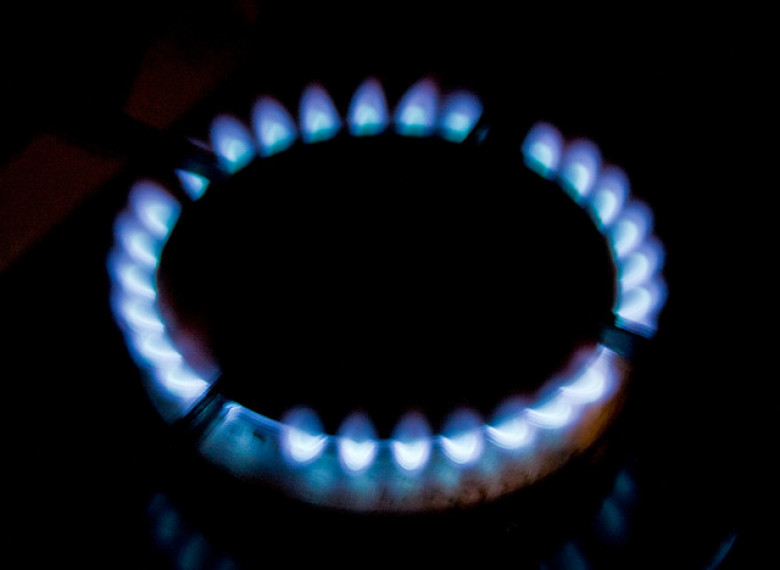Flame crypto attack very hard to pull off, researcher says
The MD5 collision attack used by the creators of the Flame malware was significantly more difficult to pull off than an earlier attack that resulted in the creation of a rogue CA certificate, says security researcher Alexander Sotirov.
In December 2008, at the Chaos Communication Congress (CCC) in Berlin, an international team of security researchers that included Sotirov presented a practical MD5 collision attack that allowed them to obtain a rogue CA certificate signed by VeriSign-owned RapidSSL.
The attack was significant because it showed for the first time that at least one of the known theoretical MD5 collision techniques could be used in practice to defeat the security of the HTTPS (HTTP Secure) protocol. To pull off the attack, the researchers used computing power generated by a cluster of 200 PlayStation 3s. The creators of the Flame cyber-espionage malware used a similar attack to obtain a rogue digital certificate that allowed them to sign code as Microsoft. The certificate was used to distribute Flame to targeted computers as an official Windows update.










































































